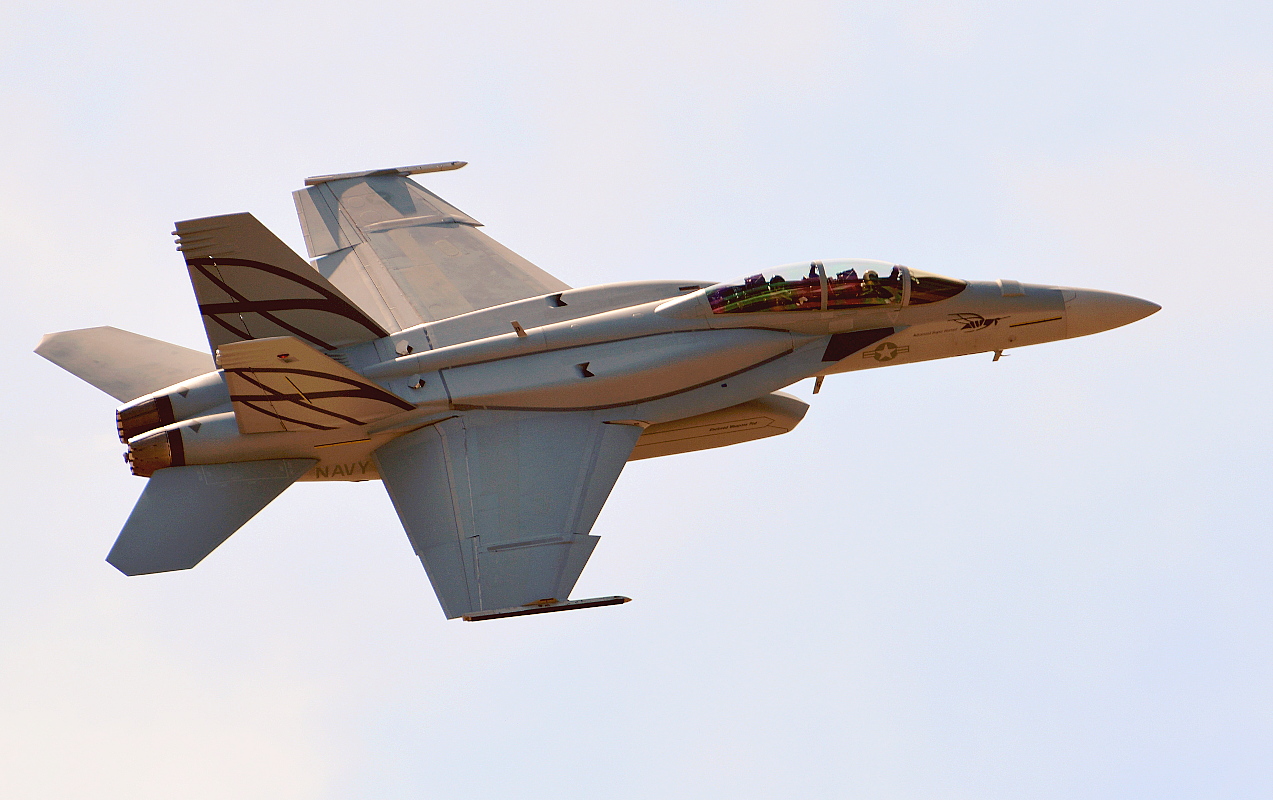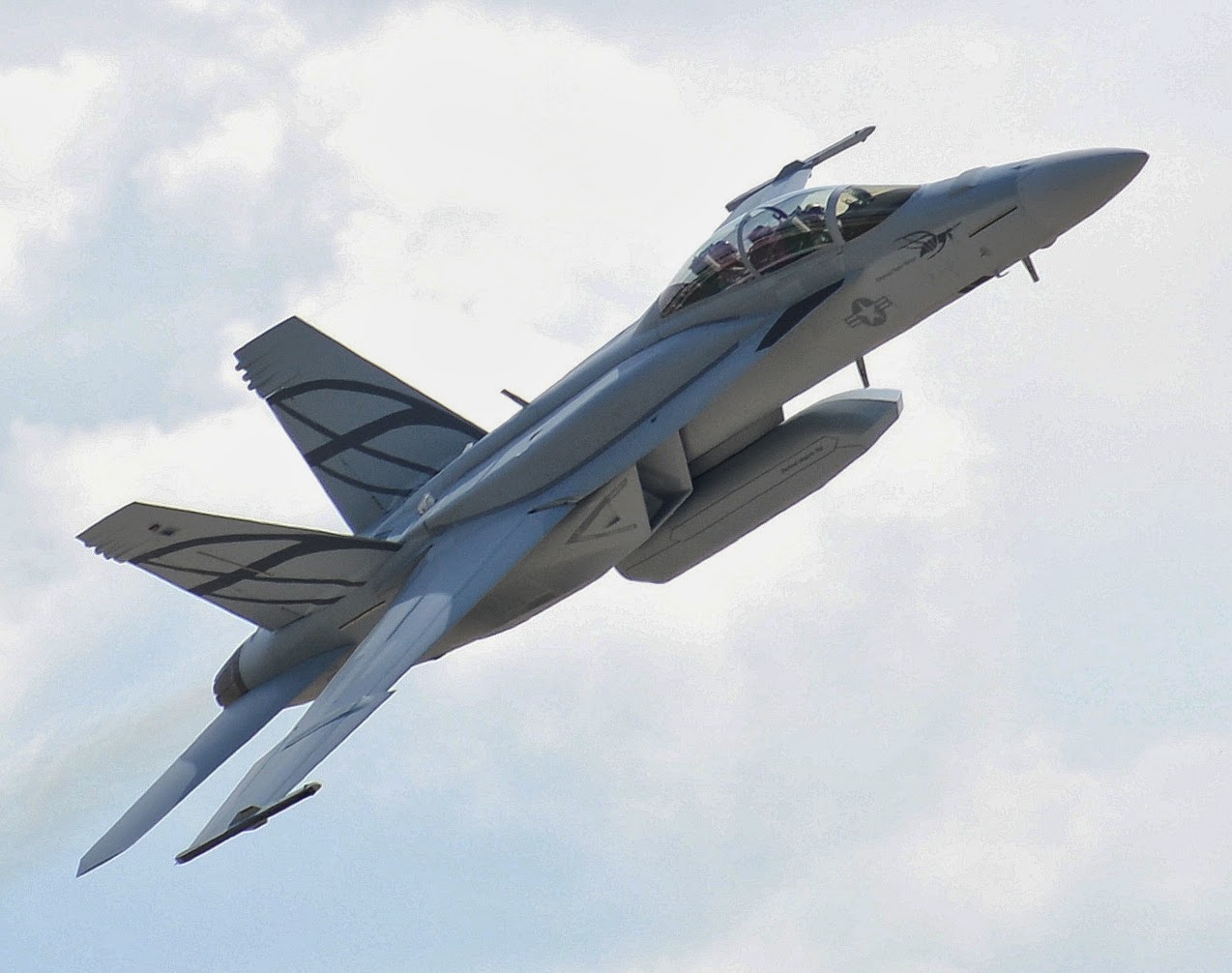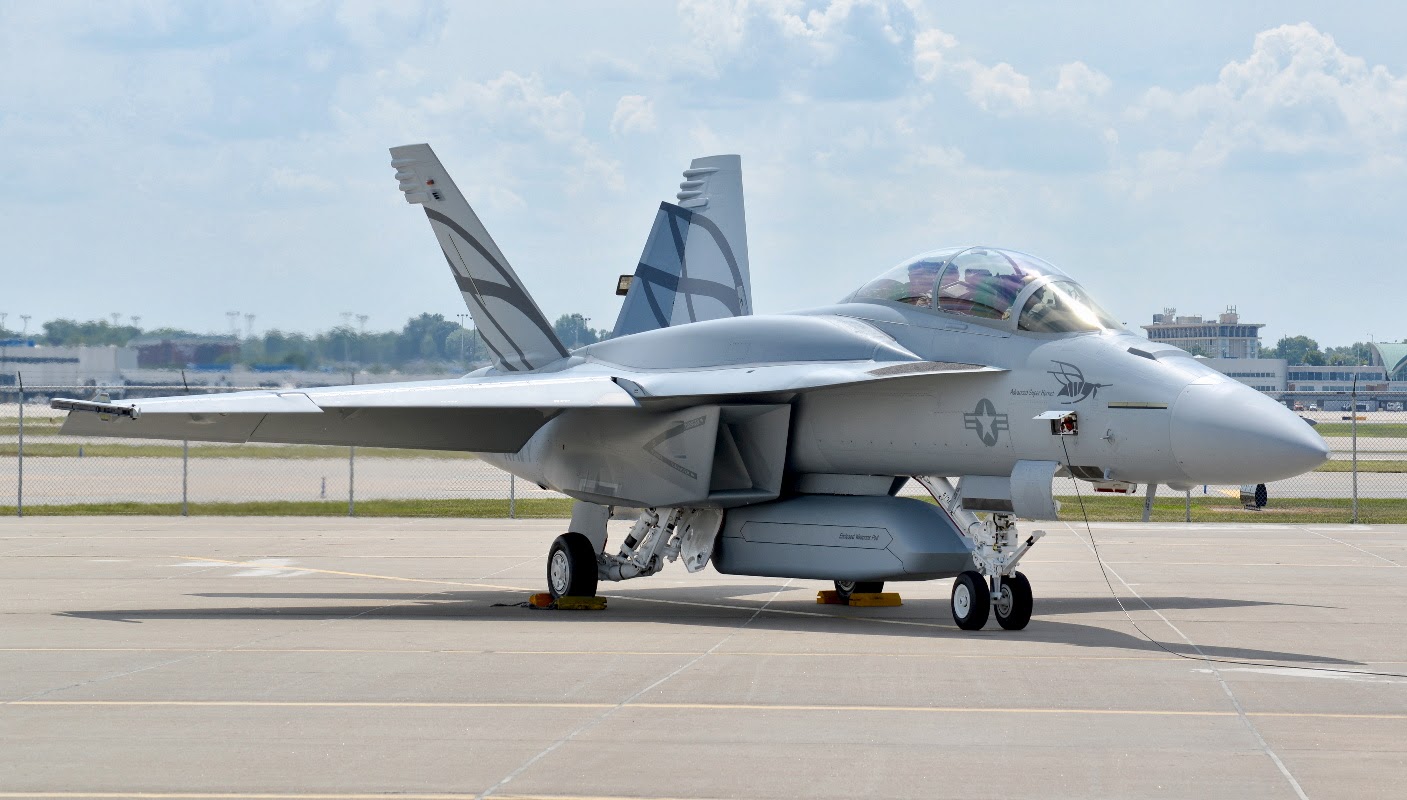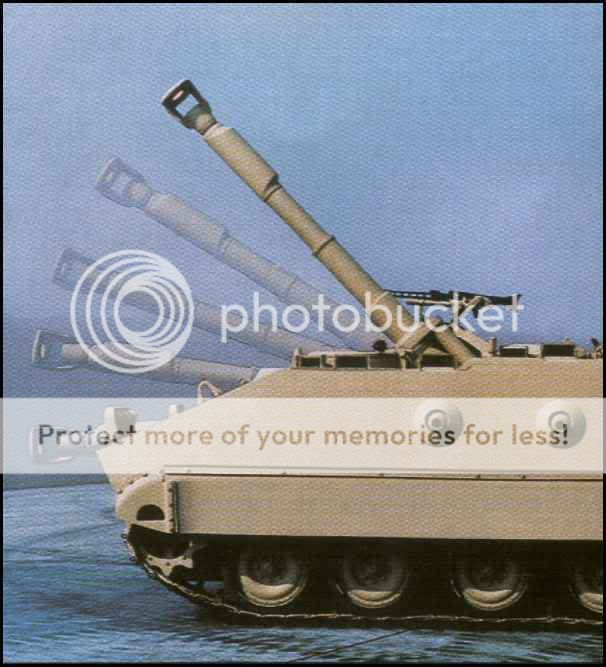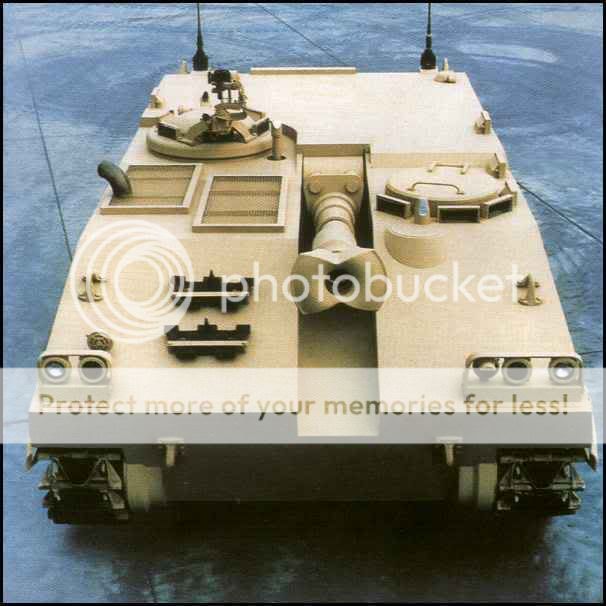Missile-Armed MPACs in the Pipeline for the PN
 Combat boat with missile (image : Militaryphotos)
Combat boat with missile (image : Militaryphotos)
MANILA (PNA) -- In a bid to improve its territorial sea interdiction capabilities, the Philippine Navy (PN) announced that it will be acquiring missile-armed MPACs (multi-purpose assault craft) to beef up its patrol force.
This was announced by PN vice commander Rear Admiral Caesar C. Taccad during Tuesday's briefing on modernization.
"It will be armed with stabilized weapon system with fire control complemented with a short to medium range missile system," he added.
The MPACs will be designed for territorial sea interdiction operations with maritime situational awareness and limited credible deterrence in the protection of the country's interest at the West Philippine Sea, Taccad stated
"And it may also be used for internal security operations and humanitarian assistance disaster response operations," he stressed.
The Department of National Defense (DND) earlier announced that it is allocating Php270 million to acquire three missile-armed MPACs.
The money will be sourced from the AFP Modernization Act Trust Fund of 2000.
The contract includes mission essential equipment.

Mission essential equipment includes day/night electronic navigation systems, communication suites, safety-of-life-at-sea, propulsion system and seamanship and ship-handling gears.
The PN currently operates a force of six MPACs.
Three of the PN's MPACs are sourced from Taiwan while the remaining three were ordered from Filipino shipbuilder Propmech Corporation, which is based in Subic Bay, Zambales.
These ships are 16.5 meters long, 4.76 meters wide and has a draft of one meter and a top speed of 45 knots.
Each one costs around Php90 million. It has a range 300 nautical miles. The hull is made of high-quality aluminum and is crewed by one officer and four enlisted personnel. It is capable of carrying 16 fully-equipped troopers or two tons of cargo.
The MPAC is capable of operating in territorial waters up to "Sea State 3" (slight waves) without any system degradation. It is armed with one .50 caliber and two 7.62mm machine guns.
(
PNA)
Beware the back blast from those things...
PN Needs Diesel Electric Submarines for Maritime Deterrence
 Philippines needs between three to six diesel electric submarine (photo : HDW)
Philippines needs between three to six diesel electric submarine (photo : HDW)
MANILA (PNA) -- The country needs modern and up-to-date diesel electric submarines for maritime deterrence.
"We need submarines for deterrence," Rear Admiral Caesar C. Taccad, Navy vice commander, said Wednesday at the Armed Forces of the Philippines modernization briefing.
However, Taccad clarified that developing a submarine capability requires a long gestation period in order to develop support facilities and the people and technology of operating such a force.
"A rule of thumb is that 10 years is needed to develop such a force," Taccad stressed.
He added that the PN has already started its submarine development studies some three or two years ago.
"Actually, we forced a submarine office in the Philippine Fleet," the PN vice commander said.
Taccad also said that the PN can afford to acquire and operate its own diesel electric submarines.
"If we can afford two frigates that is worth around Php18 billion, we can procure a submarine," he disclosed.
Military studies revealed that the Philippines needs between three to six diesel electric submarines to fully secure its maritime domain.
(
PNA)
PAF fighter pilots to undergo training in S. Korea
Posted by Maki Catama on 11:12 PM
 KAI FA-50 Fighting Eagle Light Attack Aircraft.
KAI FA-50 Fighting Eagle Light Attack Aircraft.
MANILA, - Expecting initial delivery of FA-50 lead-in fighter jets late next year, the Philippine Air Force (PAF) is sending its fighter pilots to South Korea for a six-month training in handling the brand-new supersonic aircraft.
PAF’s Air Defense Wing chief Col. Ernesto Okol said that aside from three fighter pilots, they are also sending 32 support personnel to South Korea in March for the much-needed flight and maintenance transition training.
“PAF is sending three of our most skilled instructor-pilots with the highest flying time with relative years (in military service) under their belt, to South Korea to undergo a six to seven months’ training,” Okol said.
He said the three pilots have been flying S-211 jets.
Following his trip to South Korea last week where he personally inspected an FA-50 model at the Korea Aerospace Industries (KAI), President Aquino announced the country would be receiving first delivery of the brand new supersonic fighter jets starting next year.
Under the military’s modernization program, the government purchased a squadron of these brand new lead-in fighter jets through a P18.9-billion defense contract with KAI.
“Our pilots will first undergo basic flying training with their South Korean Air Force counterparts for about two to three months, then they will transition to the jets,” Okol said.
The purchase of the FA-50 fighter jets is seen as a major defense procurement of the government to bring the Air Force back to the sky, which for now is basically lacking in air defense capabilities with the retirement of the last seven F5 fighter jets in 2005.
At present, PAF has only three S-211s trainer jets refitted into fighter planes in its inventory.
During their transition training, the Filipino pilots will be flying the FA-50 jets, which rake the sky with speeds of up to 1.5 Mach, compared to the S-211s that only fly at a maximum 667 kilometers per hour.
“Suffice it to say, we’ll be back to supersonic again,” said Okol, himself an F5 fighter pilot.
He added another package worth about P5 billion for the procurement and installation of avionics and armaments will fully categorize the F50-A lead-in fighter jets into a full combat-capable aircraft.
Aside from the three pilots, a team of two officers and 32 crew will also be sent to South Korea to train in order to handle the maintenance aspect of the fighter jets when in full operation in the country.
On top of this, Okol said PAF is also expecting delivery of a squadron of OV-10 Bronco bombers also next year to augment PAF’s current OV-10 Broncos in its inventory as well as brand-new combat AugustaWestland attack helicopters the government purchased from Italy.
PAF fighter pilots to undergo training in S. Korea ~ ASEAN Military Defense Review
Philippine Navy's goal: At least 3 submarines
Posted by Maki Catama on 5:46 AM
 The Chang Bogo Class Type 209 diesel-electric attack submarine intended for service with the South Korean Navy and Indonesian Navy. Reports as of May 2011 indicate that the Philippine Navy is eyeing the purchase of its first submarine not later than 2020, although no further details were provided The “Philippine Fleet Desired Force Mix” strategy concept publicly released on May 2012 indicates the requirement of at least 3 submarines for deterrence and undersea warfare to be available by 2020.
The Chang Bogo Class Type 209 diesel-electric attack submarine intended for service with the South Korean Navy and Indonesian Navy. Reports as of May 2011 indicate that the Philippine Navy is eyeing the purchase of its first submarine not later than 2020, although no further details were provided The “Philippine Fleet Desired Force Mix” strategy concept publicly released on May 2012 indicates the requirement of at least 3 submarines for deterrence and undersea warfare to be available by 2020.
MANILA, – The Philippine Navy has formed a submarine office to start the decade-long process of developing people and facilities to prepare them for the possible purchase of submarines, Navy vice commander Rear Admiral Caesar Taccad said in a modernization briefing on Wednesday, December 17.
"Submarines take a lot of gestation period. The rule of thumb in the development of support facilities, the people and technology of operating such a force is 10 years. Now when should we start? We can start now so we can [acquire] 10 years from now," Taccad said.
The first step is the creation in 2013 of a submarine office in the Philippine Fleet "to start developing the necessary skills and infrastructure." It is part of the discussions on what to acquire next after the ongoing P90-billion fresh modernization program is completed.
The second step, Taccad explained, is to have at least 3 submarines. "But if you cannot afford three, get two just like we're getting two frigates and two strategic sealift vessels so they can replace each other during maintenance. If you only procure one and continuously use it, it will only last for 5 years," Taccad said.
One of the weakest in Southeast Asia, the Philippines is modernizing its navy to achieve minimum credible defense in the wake of escalating tension in the West Philippine Sea (South China Sea).
Money is an issue. While China and other neighbors are acquiring submarines, the Philippines is pouring its money into the acquisition of patrol frigates for maritime domain awareness or the ability to monitor what is happening in its waters.
"Maganda sana kung mayroong (It would be great if we could have) submarines, frigates and the multirole fighters. But we need to prioritize so we prioritized the multirole fighters and the frigate," said Taccad.
The Philippine government allotted P90 billion to the military's modernization. The P18.9-billion frigates for the Navy and P18-billion fighter jets for the Air Force are the two big-ticket items that it funded.
"The system of defending the country involves several types of capabilities. The first capability will be what we can afford and yet cover a large space and this will be the patrol vessels. These are low-tech equipment, and low-cost. You can have more and cover a large space," said Taccad
The next stage of modernization is where the submarines can play a role. If the patrol vessels are harassed, for example, the more sophisticated assets like submarines can serve as deterrence to "scare off" intruders.
"If there's a confrontation, we need a capability to protect our patrol vessels so they will not be harassed. These are the high-tech weapon system, which is more sophisticated and therefore costly. We may use frigates with missile capability just to scare off...or it could be the submarines as deterent," said Taccad.
Philippine Navy's goal: At least 3 submarines ~ ASEAN Military Defense Review

